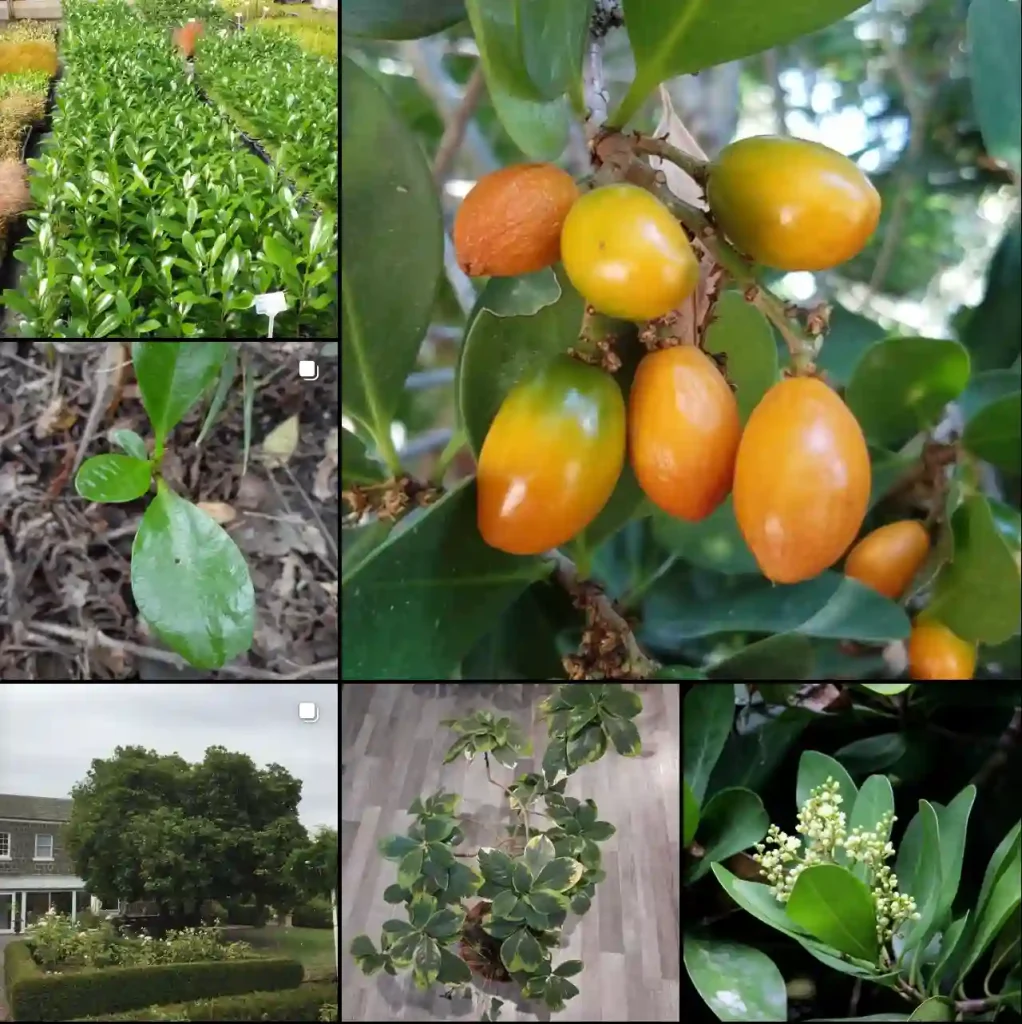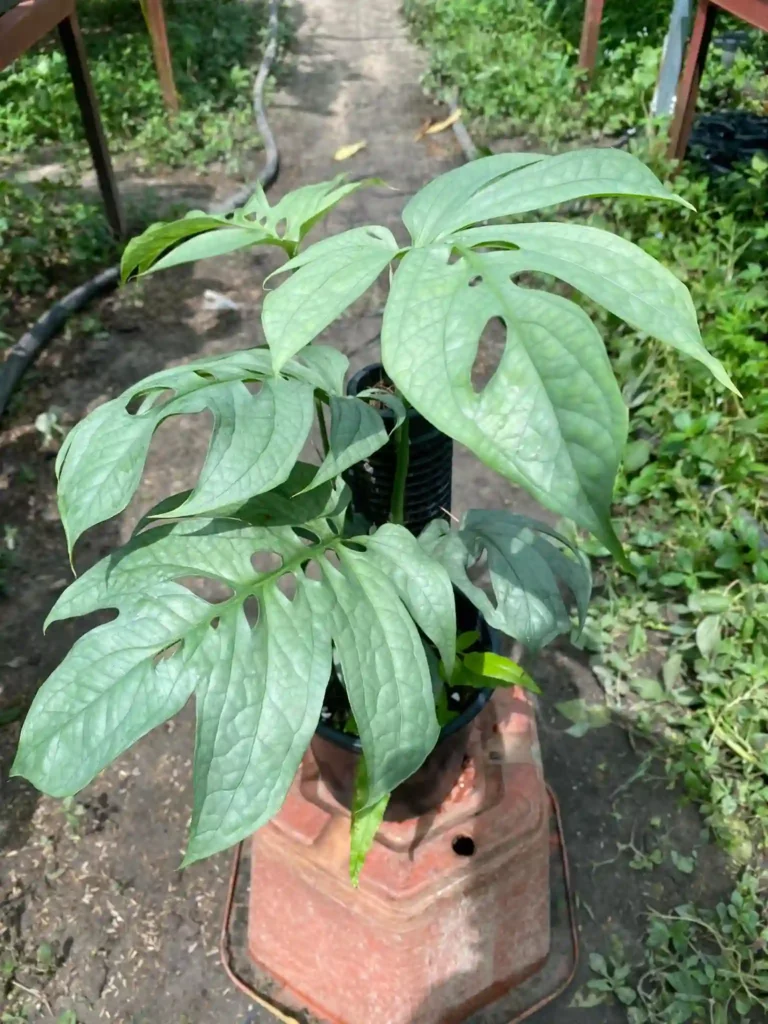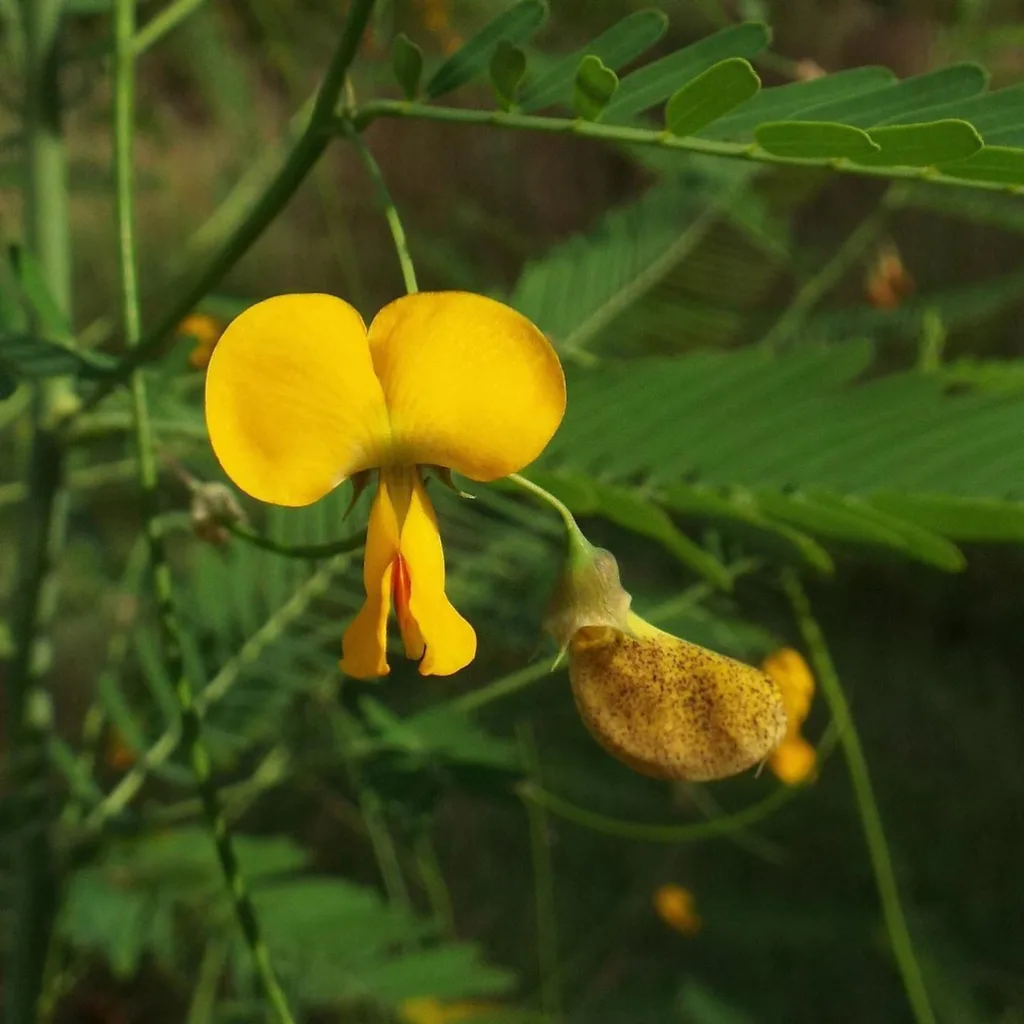
What is Ceanothus Velutinus?
Ceanothus Velutinus, commonly known as the Velvet Mountain Lilac, is a hardy evergreen shrub native to the western United States. Its lush, velvety leaves and vibrant blue or purple flowers make it a standout addition to any garden. The plant typically grows between 3 to 6 feet tall and wide, forming a dense, rounded shape. It’s renowned for its ability to thrive in harsh conditions, including poor soil and drought, which makes it a favorite among gardeners seeking a low-maintenance plant with high visual impact.
73 Species in Genus Ceanothus
How to Care for Ceanothus Velutinus?
Caring for Ceanothus Velutinus is relatively straightforward, making it a suitable choice for both novice and experienced gardeners. Here are some key care tips:
- Sunlight: This plant thrives in full sun, so choose a spot that receives at least six hours of direct sunlight each day.
- Soil: Ceanothus Velutinus prefers well-draining soil, ideally sandy or loamy. It’s tolerant of poor soil conditions but performs best in slightly acidic to neutral pH.
- Watering: Once established, it is quite drought-tolerant. However, regular watering during the first year helps the plant establish a strong root system. Water deeply but infrequently to encourage deep rooting.
- Pruning: Minimal pruning is required. Remove any dead or diseased branches in early spring before new growth begins. Light pruning can help maintain the shrub’s shape and promote denser foliage.
- Fertilizing: This plant is not heavy on nutrients, but a light application of a balanced fertilizer in early spring can boost its growth and flowering.
How to Propagate Ceanothus Velutinus?
Propagating Ceanothus Velutinus can be done through seeds or cuttings:
- Seeds: Collect seeds from mature plants and sow them in a seed tray filled with a well-draining potting mix. Keep the tray in a warm, sunny location. Seeds typically germinate within 2 to 4 weeks. Transplant seedlings to their permanent location after they have developed a few sets of leaves.
- Cuttings: Take semi-hardwood cuttings in late summer or early fall. Dip the cut ends in rooting hormone and plant them in a pot filled with a mix of sand and peat. Keep the cuttings in a humid environment until roots develop, which usually takes a few weeks.
What to Plant with Ceanothus Velutinus?
When selecting companion plants, consider those that complement its vibrant foliage and flowering while thriving in similar conditions. Some great options include:
- Lavender: Its purple flowers and aromatic foliage pair beautifully with the blue blooms of Ceanothus Velutinus.
- Salvia: Varieties like Salvia greggii or Salvia nemorosa offer additional color and attract pollinators.
- California Poppy: This hardy perennial adds a splash of orange that contrasts nicely with the blue flowers of Ceanothus Velutinus.
- Manzanita: Its evergreen leaves and red bark make a striking combination with the Velvet Mountain Lilac.
Is Ceanothus Velutinus Toxic?
Ceanothus Velutinus is generally considered non-toxic to pets and humans. However, as with any plant, it’s best to prevent ingestion, especially by pets, to avoid any potential digestive upset.
Benefits of Ceanothus Velutinus
- Drought Tolerance: Its ability to withstand dry conditions makes it an excellent choice for water-wise gardens.
- Low Maintenance: Minimal pruning and fertilizing requirements reduce the time and effort needed for upkeep.
- Wildlife Attraction: The flowers attract pollinators such as bees and butterflies, enhancing the biodiversity of your garden.
- Erosion Control: Its dense root system helps stabilize soil, making it useful for erosion control on slopes and embankments.
Common Problems with Ceanothus Velutinus
- Powdery Mildew: This fungal disease can cause white powdery spots on leaves. Ensure good air circulation and avoid overhead watering to minimize the risk.
- Root Rot: Poor drainage can lead to root rot. Make sure to plant it in well-draining soil and avoid overwatering.
- Pest Issues: While generally pest-resistant, watch for aphids and spider mites, especially during dry spells. Regularly inspect the plant and use appropriate pest control measures if needed.
Comparing Ceanothus Velutinus with Similar Plants
Ceanothus Velutinus is often compared to other Ceanothus species, such as Ceanothus ‘Concha’ and Ceanothus ‘Yankee Point.’ Here’s a brief comparison:
- Ceanothus ‘Concha’: Known for its larger, more rounded leaves and darker blue flowers. It also tends to be a bit more tolerant of a wider range of soil conditions compared to Ceanothus Velutinus.
- Ceanothus ‘Yankee Point’: This variety is more compact and spreading compared to Ceanothus Velutinus, making it suitable for smaller spaces. Its flowers are similar in color but bloom slightly later.
In conclusion, Ceanothus Velutinus is a fantastic choice for a garden plant that requires minimal maintenance while providing striking color and texture. Its resilience to drought and low maintenance needs make it a practical and beautiful addition to many landscapes.
If i die, water my plants!



